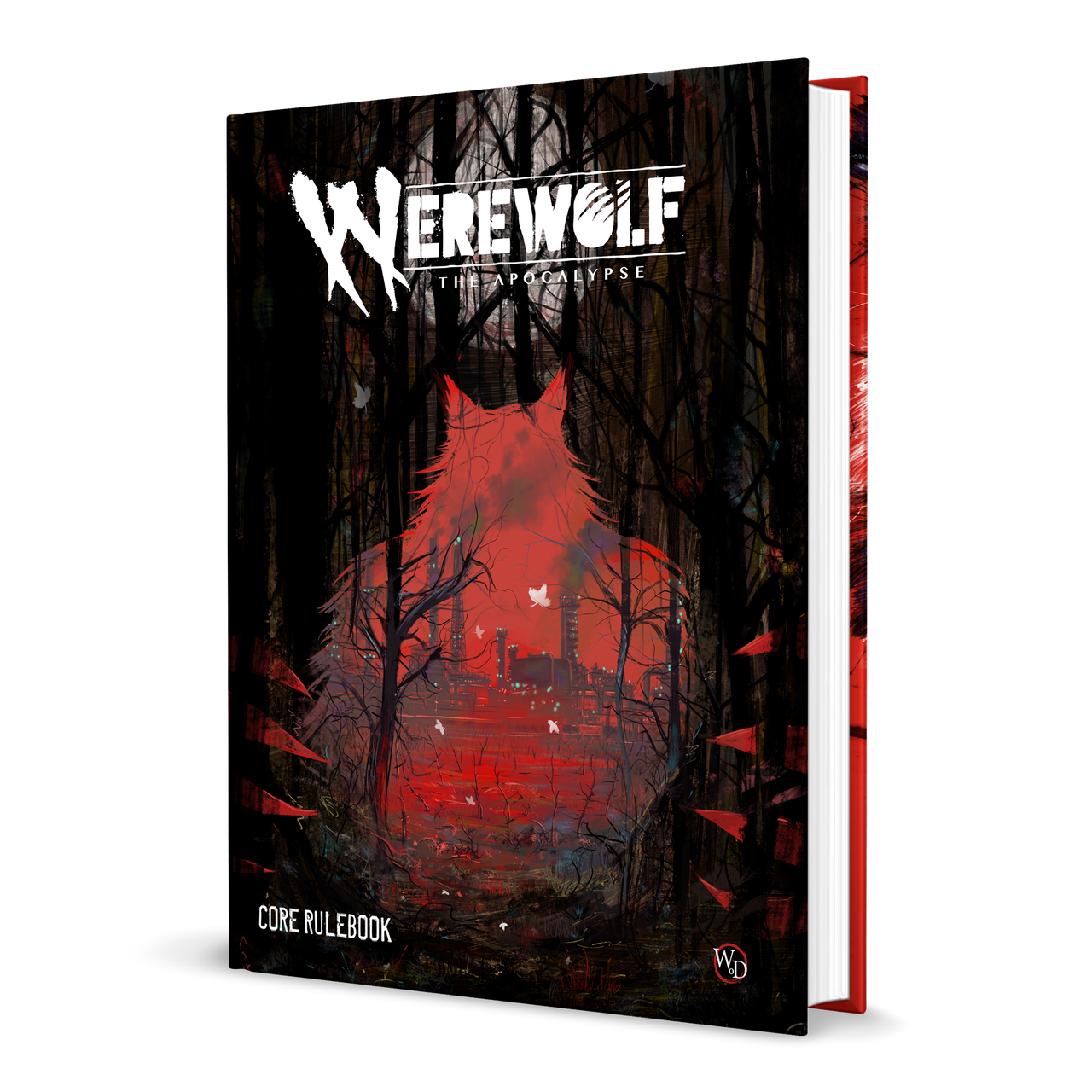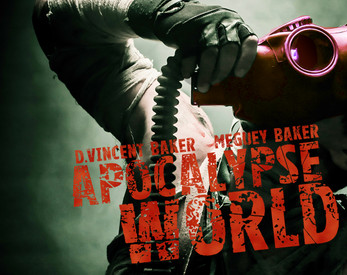Werewolf: The Apocalypse Horror; Environmental; Dark; Narrative-Driven; Resource Management; Character Customization; Tactical Combat
Werewolf: The Apocalypse is a tabletop roleplaying game set in the World of Darkness, where players assume the roles of Garou, werewolves engaged in a desperate battle to protect Gaia from the destructive forces of the Wyrm and a corrupt human society. The game explores themes of environmentalism, spirituality, and the struggle against overwhelming odds, offering a dark and narrative-driven experience with character customization and tactical combat elements. It distinguishes itself through its focus on social intrigue and the internal conflicts of characters torn between human and wolf natures, making it a unique entry in the dark fantasy genre.
Theme and Setting
Werewolf: The Apocalypse is steeped in a dark fantasy setting referred to as 'Gothic-Punk.' The game presents a world mirroring our own, yet riddled with corruption, apathy, violence, and supernatural entities. The central theme revolves around the Garou's desperate fight to save Gaia, the living Earth, from the spiritual and environmental devastation caused by the Wyrm, a force of chaos and destruction, and a short-sighted, greed-driven human civilization. This battle is fought in the shadows, hidden from the awareness of the general populace. The setting emphasizes the importance of environmental impact and the effects of colonization on indigenous communities, creating stories with modern relevance.
Core Mechanics and Rules
The game utilizes the Storyteller System, where players roll pools of dice based on their character's attributes and skills. Successes are determined by the number of dice that meet or exceed a target number. Character creation involves selecting a breed (Homid, Lupus, or Metis), each with its advantages and disadvantages, an auspice determined by the lunar phase at birth, and a tribe, each with its own unique lore and culture. Rage, Gnosis and Willpower are key character traits, and influence a character's actions and abilities. Combat involves tactical decision-making, where werewolves can shift between different forms (Homid, Glabro, Crinos, Hispo, Lupus), each best suited to different situations. The mechanics also facilitate social intrigue, as characters navigate werewolf society and interact with spirits.
What Makes it Unique
Werewolf: The Apocalypse stands out due to its intense focus on the Garou's internal struggle. They are protectors of nature forced to use violent means, often blurring the line between guardian and monster. The game explores the psychological toll of this conflict, forcing players to confront difficult moral choices. The intricate mythology, detailing the roles of Gaia, the Wyrm, and the Weaver, adds depth to the setting. The strong emphasis on social dynamics within werewolf society, combined with the ever-present threat of the Apocalypse, creates a compelling and unique roleplaying experience. Fifth Edition introduces Loresheets to allow the player to customize their character backgrounds further adding to the depth of the narrative.
Target Audience and Player Experience
The game is geared towards a mature audience interested in exploring dark themes, moral ambiguities, and intense character drama. Players can expect a narrative-driven experience with opportunities for both tactical combat and social intrigue. The game can be punishing, with the odds often stacked against the Garou, creating a sense of urgency and desperation. The ideal player enjoys character customization and exploring the internal conflicts of characters faced with difficult choices. While the setting is inherently bleak, the game provides a platform for players to explore themes of hope, resilience, and the importance of fighting for what you believe in, even in the face of overwhelming odds. The game explores themes of environmentalism, the effects of colonialism, and how to cope when the world seems doomed.



